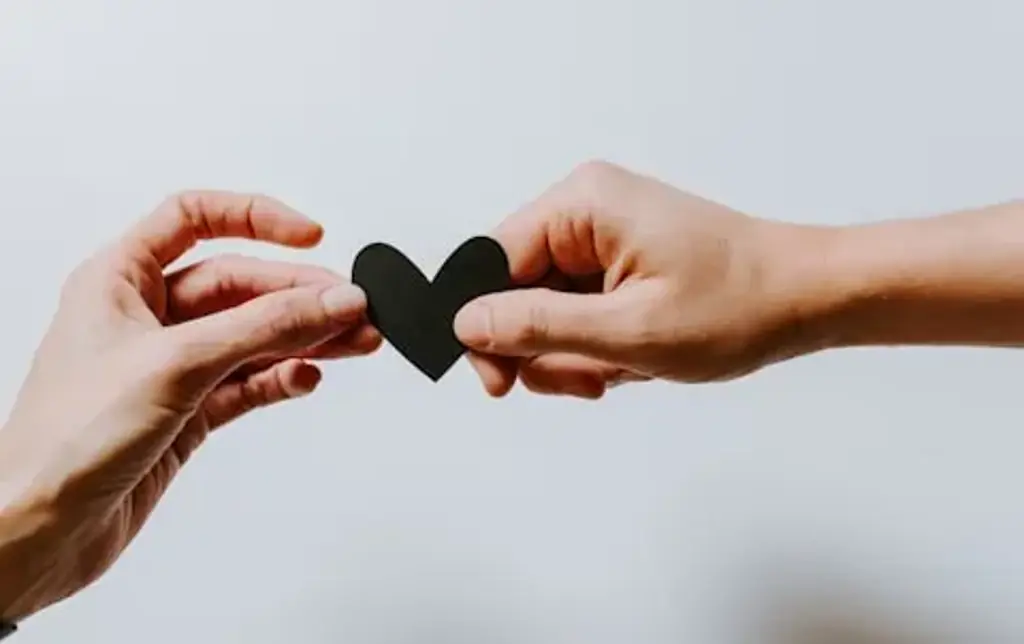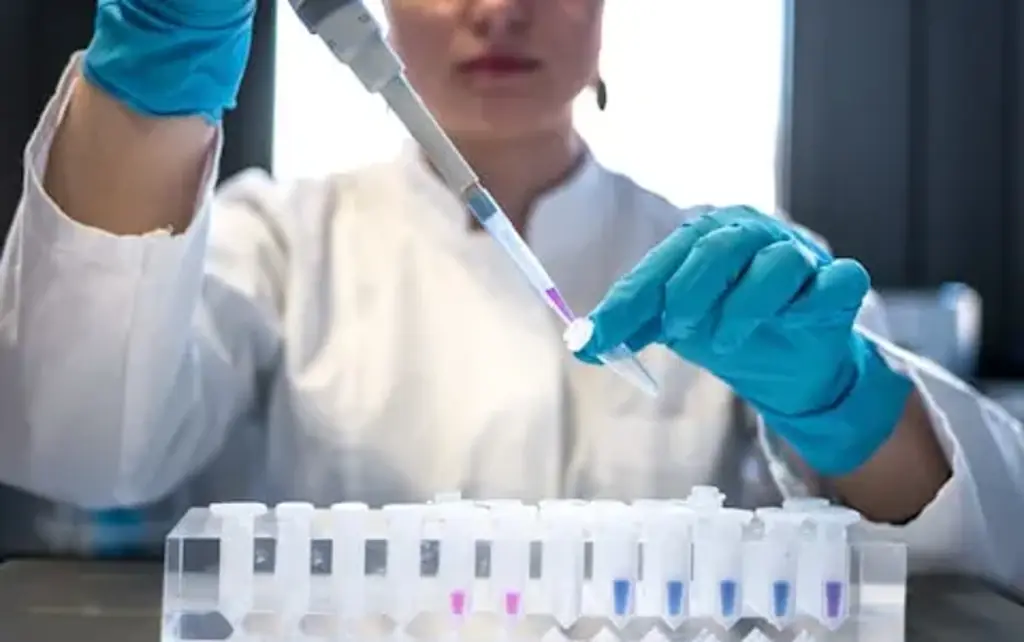
Charla Nash, the woman who survived one of the most horrific animal attacks in U.S. history, is opening up about her journey 16 years after her face was torn off by a chimpanzee, and how a groundbreaking transplant gave her a second chance at life.

In February 2009, Charla, now 71, was visiting her friend Sandra Herold in Stamford, Connecticut, when Herold’s pet chimpanzee, Travis, launched a savage, unprovoked attack.
The 200-pound animal ripped off Charla’s nose, lips, eyelids, and hands, leaving her severely disfigured and fighting for her life, PEOPLE reports.
Desperate to save her, Herold tried to stop Travis by hitting him with a shovel and stabbing him with a knife, but the animal wouldn’t relent. When police arrived, they fatally shot the chimpanzee. Charla was rushed to the hospital in critical condition.
Two years later, in 2011, Charla underwent a full face transplant at Brigham and Women’s Hospital in Boston, only the third procedure of its kind ever performed there. While she lost her eyesight due to an infection from the attack, the facial transplant was a medical success.
In a recent interview with 60 Minutes Australia, Charla shared how the surgery transformed her life. “It’s a wonderful thing, and words can’t express the gratitude,” she said. “I had this opportunity to live a better life.”
Charla, who now lives in an assisted care facility, continues to undergo daily rehabilitation and speech therapy. She has slowly regained some feeling in her face and is beginning to eat solid food again, something she once feared she’d never do.
“I can feel my cheek and forehead,” she told host Liz Hayes. “The nose and upper lip, not yet. But little by little, it’s coming back. My goal is to eat normally again.”
Despite the severe injuries and lasting effects, Charla remains hopeful. “Life is getting better. It’s hard, but it’s better,” she said.
Charla's facial transplant was funded by the U.S. military, which wanted to study advanced reconstructive procedures that could potentially benefit wounded soldiers.
In return, Charla undergoes regular medical evaluations, including MRIs, CT scans, and nerve-function tests, to monitor the progress of the transplant, according to the Daily Mail.
While her body ultimately rejected the hand transplants she received in the same surgery, her facial graft has endured.
Doctors continue to monitor her healing, including the functionality of her eyelids, scar tissue development, and blood flow through the reconstructed arteries.

Before the attack, Charla was an active barrel racer and horse jumper, known for her independence and strength. The aftermath of the assault left her unable to care for herself, something she admits has been emotionally challenging.
“I’ve lost so much independence,” she told the Boston Herald in a past interview. “I could change my own truck tire. Now I can’t even feed myself.”
Still, she refuses to dwell on the past. Charla dreams of someday living in a small town, perhaps on a farm, once her medical testing concludes.
Travis, the chimpanzee that attacked her, had been raised by Herold almost like a human child. He drank wine from glasses, ate at the table, dressed himself, and even used a computer.
But the illusion of domestication unraveled when he attempted to escape by stealing car keys, leading to the deadly encounter, PETA detailed.

Investigators later theorized that Travis may have mistaken Charla for an intruder, possibly confused by her new hairstyle. He had also been given Xanax, an anti-anxiety medication for humans, which may have contributed to his aggression.
Herold, who died in 2010, had treated Travis as her surrogate son.
Despite the trauma, Charla Nash chooses to focus on healing, resilience, and the future. Her survival and recovery have become a powerful symbol of medical innovation and human endurance.















